Technological innovation is rampant in the field of lung health. New approaches to measuring and delivering oxygen therapy, new lung imaging technologies, novel implementation of digital health devices, and improved approaches to health communication are just the beginning.
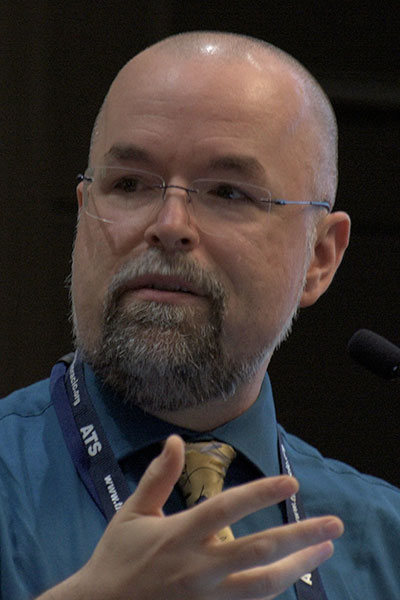
Josh Fessel, MD, PhD, chief medical officer and director of the Office of Translational Medicine at the National Center for Advancing Translational Sciences, National Institutes of Health, opened the annual Patients & Experts Forum on Saturday, May 18. The forum, sponsored by the ATS Public Advisory Roundtable, focused on the future of lung health.
Dr. Fessel highlighted the abundance of apps available to assist providers and researchers with their work.
“The challenge is figuring out which apps are the most effective,” Dr. Fessel explained.
He also emphasized the necessity for effective strategies and mediums to communicate critical medical information, prompted by miscommunication and misinformation’s dramatic and visible role during the COVID-19 pandemic.
“Too often, [patient] engagement is an afterthought,” Dr. Fessel said.

According to Cedric Rutland, MD, Rutland Medical Group, and medical director, Medicine Deconstructed, artificial intelligence (AI) is anything but an afterthought for clinicians and investigators, as adoption in health care continues to expand.
“I want to spend more time looking at my patients and less time looking at my computer,” Dr. Rutland said. “I want less administrative burden, and that’s part of what AI can do.”
He highlighted several recent developments that showcase the potential for AI in health care, including an AI-powered dry powder inhaler with integrated sensors that can predict impending asthma exacerbations and a smartphone-based app that can monitor inhaler use and alert patients as needed.
“Change is 20 percent technology and 80 percent us,” Dr. Rutland said. “We can aim to revolutionize the health care setting through the conscious, ethical, and equitable use of AI.”
Clinicians have long recognized that damage to newborn lungs can lead to permanent damage.
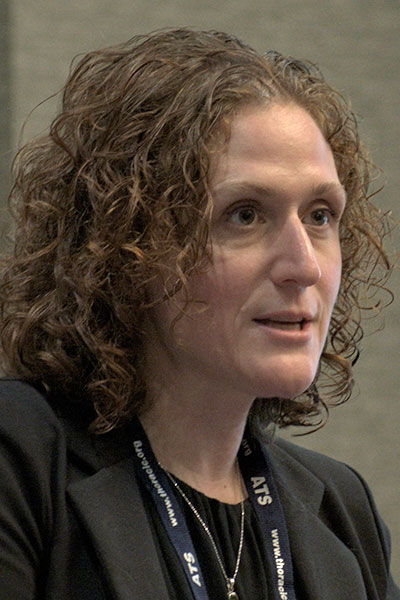
“We tend to think of children as resilient,” said Jennifer Sucre, MD, assistant professor of pediatrics and cell and developmental biology, Vanderbilt University. “Yet the lungs are particularly susceptible to injury.”
Dr. Sucre uses 4D imaging to assess alveologenesis at the single-cell level.
Successful gas exchange in the developing alveoli requires alignment of epithelium, endothelium, and basement membrane. Alveolar capillaries and specialized alveolar capillary cells form basement membrane components.
Neonatal lung injury can dysregulate basement membrane expression and misalign alveolar capillaries with the alveolar epithelial cells.
The capability to track and view these processes over time rather than being limited to single snapshots has expanded the possibilities for Dr. Sucre and others’ research.
“The 4D imaging of alveologenesis changes the questions we can ask,” Dr. Sucre said. “Our patients are our superpowers and our greatest teachers.”
Ideas around patient behaviors and autonomy are evolving as well. More patients have begun to act as their own advocates while interest groups have increasingly advocated for patients who have often been marginalized.
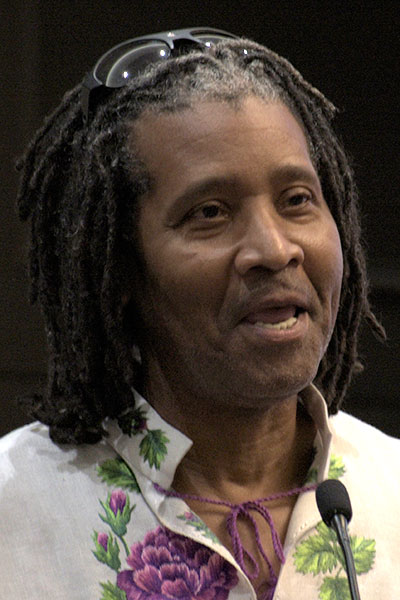
Terry Wright, who co-founded the National Organization of African Americans with Cystic Fibrosis (NOAACF) with his wife Michele Wright, PhD, presented with many symptoms that suggested he had cystic fibrosis (CF). Yet, a confounding encounter with a medical provider delayed his diagnosis by nearly two decades.
“The first time I heard the words ‘cystic fibrosis’ was when a doctor told me, ‘If you weren’t Black, I’d say you have cystic fibrosis,’” Mr. Wright said. “That was the last time I heard those words for 17 years.”
Mr. Wright exhibited all the classic symptoms of CF, yet doctors never looked beyond the conventional wisdom of the time that Black patients were not affected by CF, despite near-weekly ER visits. The couple finally visited with an infectious disease specialist who was able to help Mr. Wright.
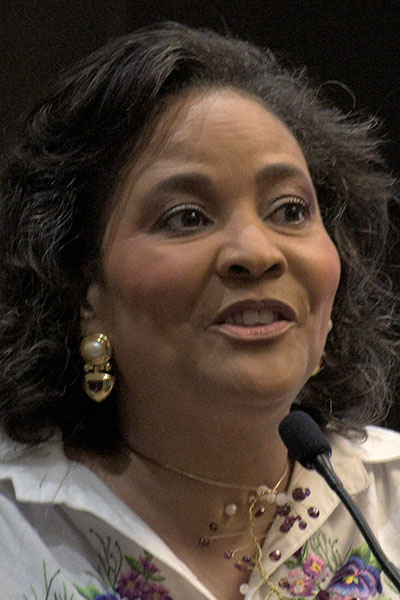
“In 30 minutes, [the specialist] told us, ‘You are African American, but you appear to have the classic signs of cystic fibrosis,’” Dr. Wright said. “That was the first time a doctor really listened to Terry.”
“If you have a physician who isn’t listening, you have a problem,” she added. “If you are a physician who isn’t listening, you are a problem. Listening can be the difference between life and death.”
The Wrights founded the NOAACF with the mission to engage, educate, and raise awareness around CF in the African American community and to help bring valuable resources, tools, knowledge, empowerment, and support to CF patients, families, health care professionals, and the community through its national platform and focus on health equity for patients who are Black, Indigenous, and People of Color (BIPOC).
Investigators also continue to work toward ambitious long-term goals, such as curing CF and other genetic respiratory diseases. Work in gene therapy, gene therapeutics platforms, and delivery vehicle manufacturing is slowly but steadily leading to product approvals.
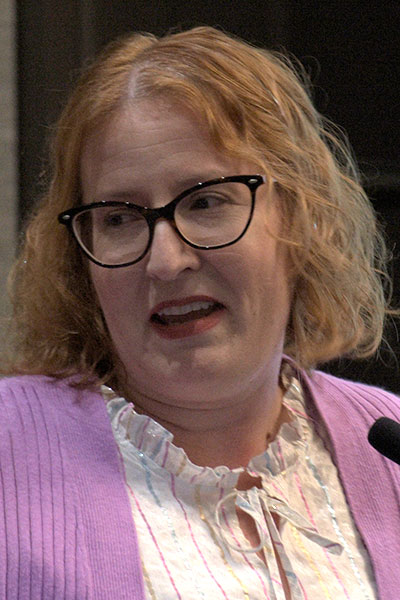
As of today, there are 37 cell and gene therapy products approved by the FDA and an additional 500 in the pipeline, explained Marrah Lachowicz-Scroggins, PhD, program director at the National Institutes of Health at the National Heart, Lung, and Blood Institute, Division of Lung Diseases in the Airway Biology and Disease Branch.
“Expect 10-20 FDA approvals annually by 2025,” Dr. Lachowicz-Scroggins said.
She explained that most current therapies require regular redosing. Much of the work in the pipeline is focused on developing permanent, one-dose cures. The ultimate goal is epigenome editing for common diseases.
ClinicalTrials.gov currently has 19 pulmonary studies completed or recruiting, including one for primary ciliary dyskinesia (PCD), five concerning alpha-1 antitrypsin deficiency (AATD), and 13 for CF.
“We are at an inflection point in gene therapy,” Dr. Lachowicz-Scroggins said. “Maybe, in 10 years, there will be gene therapy for all.”
Extend Your Learning Beyond San Francisco with ATS 2025 Conference Highlights

With so many valuable educational opportunities offered during the ATS 2025 International Conference, attendees are often forced to decide which sessions to prioritize. That’s why the Society is offering three ATS 2025 Conference Highlights packages for those unable to attend ATS 2025 San Francisco or attendees interested in continuing their education after the conference. Check out the packages and pick the one that’s right for you. Learn at your own pace, whenever and wherever you are!

